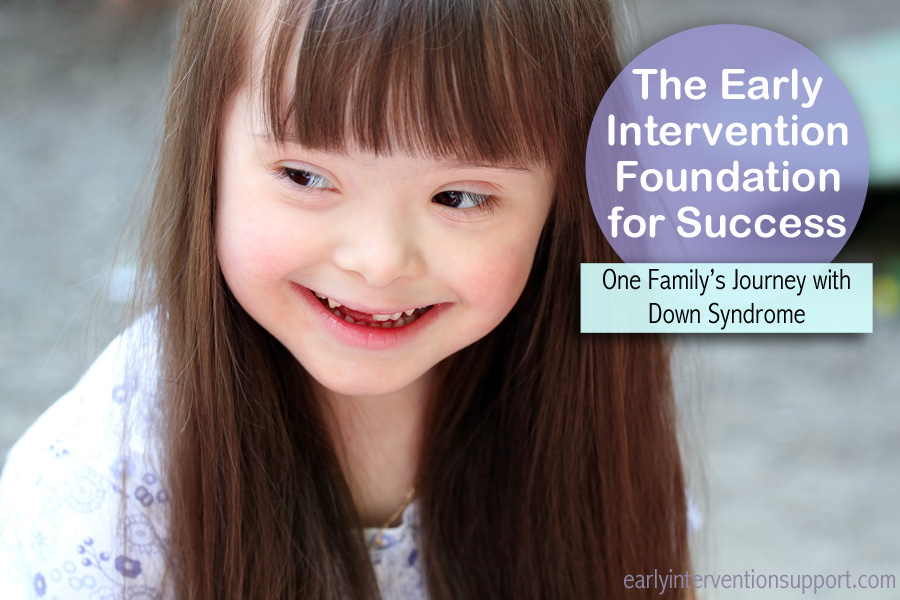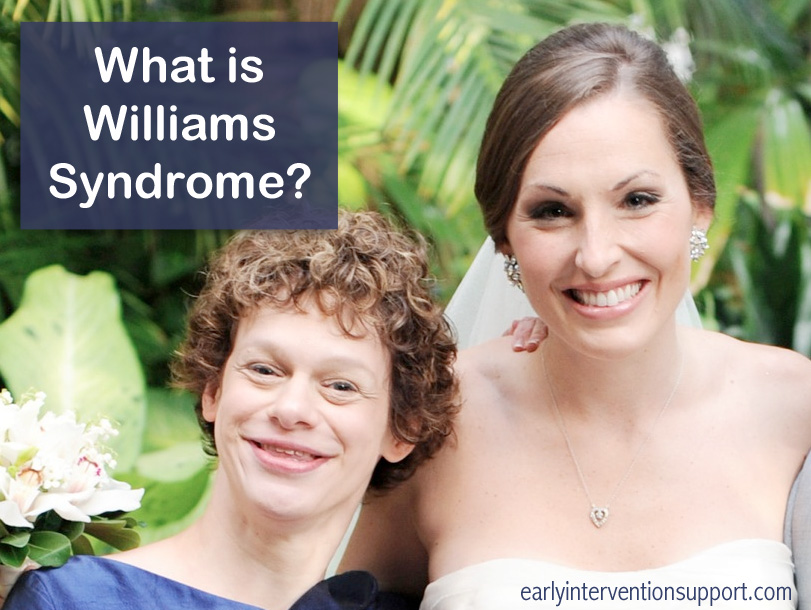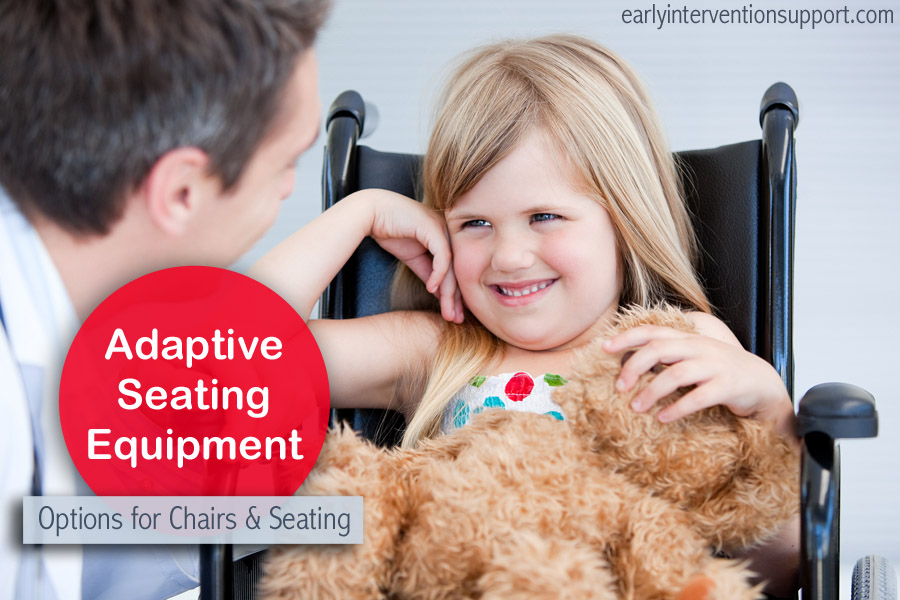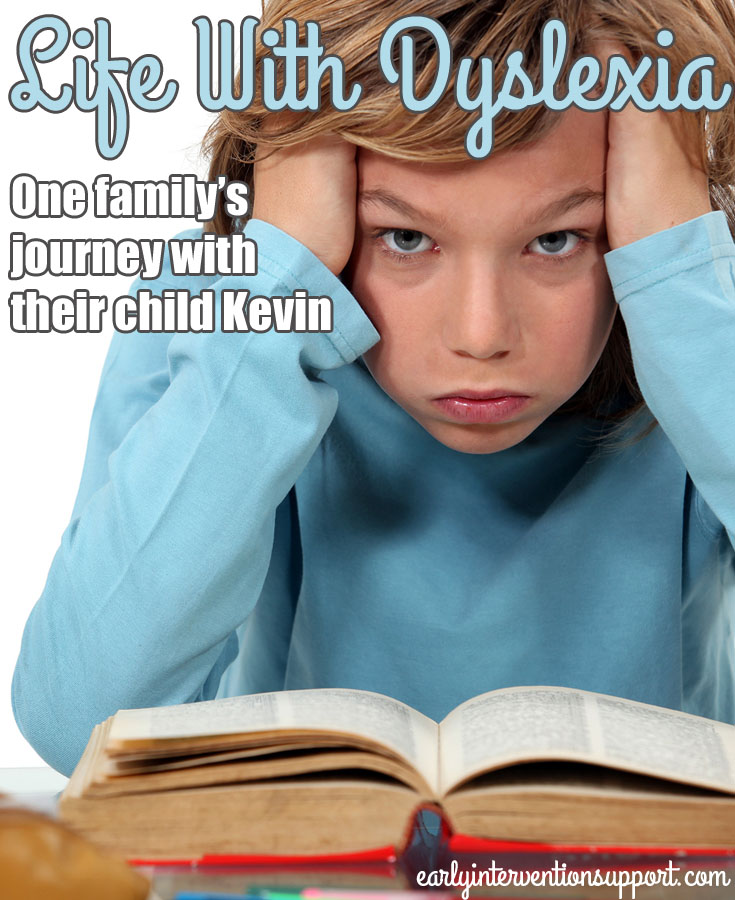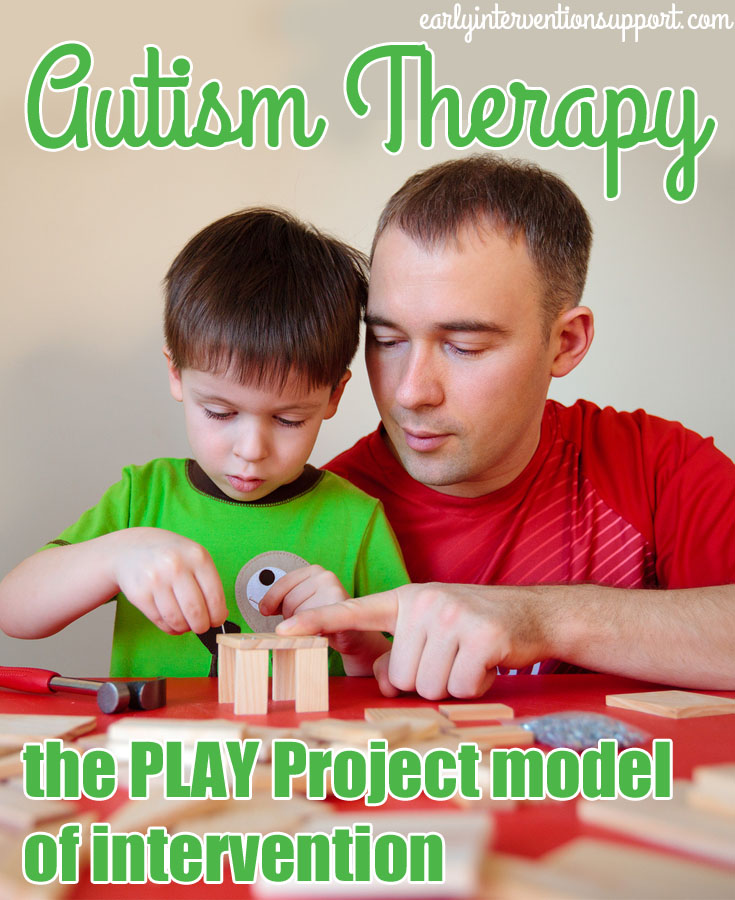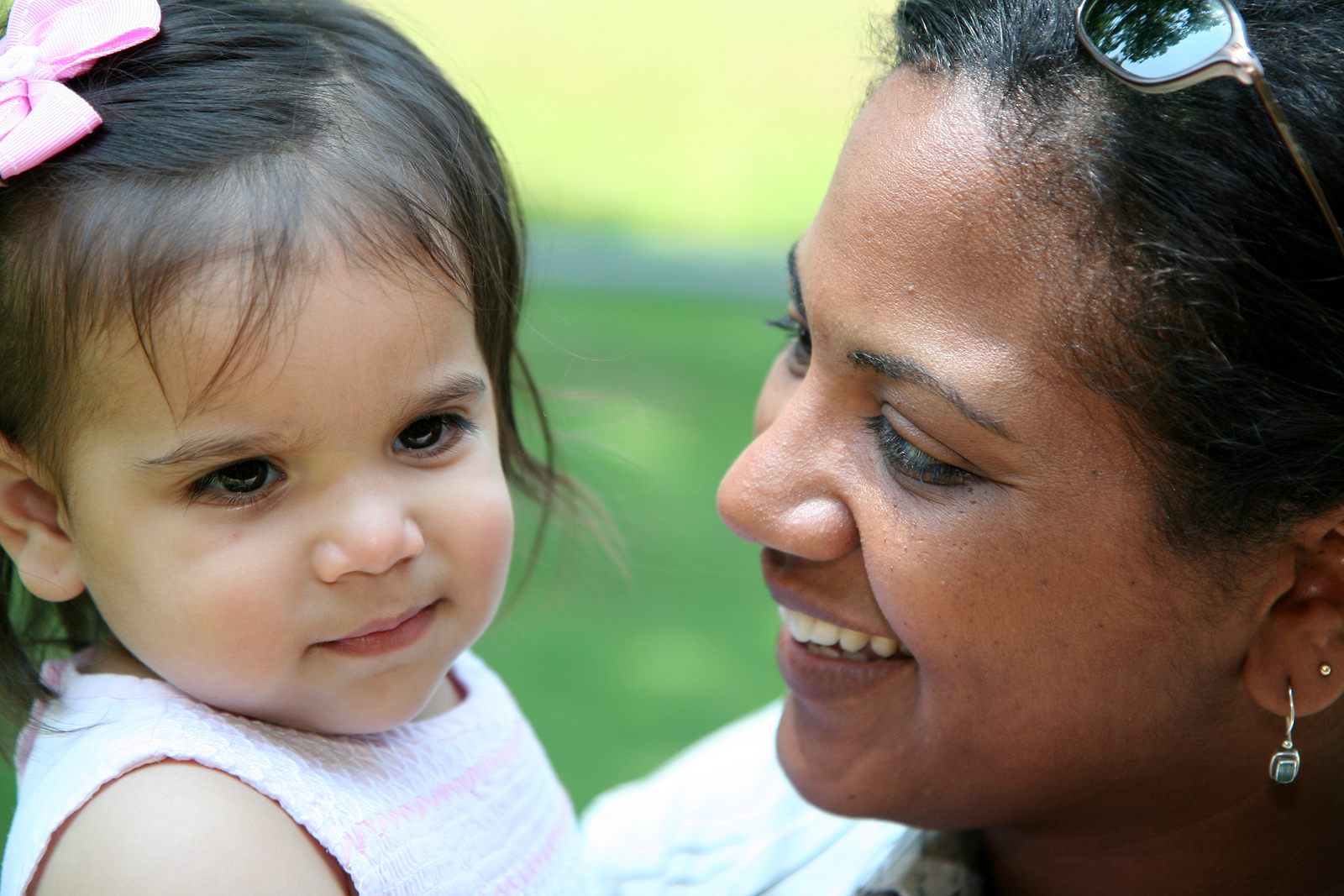The birth of our beautiful daughter, Chloe, in 2003 placed our family on an incredible journey that has allowed us to become strong voices for children and families. We had no prenatal testing during my wife’s pregnancy, and we were informed shortly after Chloe’s entrance into this world that she had characteristics of Down syndrome. Genetic tests confirmed Chloe’s diagnosis, …
What is Williams Syndrome?
Having been lucky enough to grow up with a family member with Williams Syndrome, it’s almost difficult for me to describe the diagnosis when asked what it exactly it is. My cousin’s diagnosis, although more defined in our adult age, was never a concern, topic of conversation, or even differentiation for me while we were growing up. When I picture …
Adaptive Devices: Chairs and Seating
Kids naturally like and need to move around to explore their environment and socialize with family and other children. Mobility is an important milestone for our children to reach and parents look forward to this stage in development. But the importance of sitting should not be overlooked. Children need to sit to initially work on their fine motor skills and …
What is Dyslexia? | One Family’s Journey
The following account describes one family’s journey with their child, who was eventually diagnosed with dyslexia, received intervention, and is now successfully navigating college as a junior in Mechanical Engineering.
Autism Spectrum Therapies: the PLAY Project
As therapists working with our families in their natural environments, we have the ability to choose from many different approaches to autism spectrum therapy as well as identify appropriate structures for interventions that can be implemented. One such approach is called “The PLAY Project” (Play and Language for the Autistic Youngster).
Can a Child Diagnosed with Language Delay Learn Two Languages?
There are many advantages to being bilingual. The American Speech-Language Hearing Association suggests that some advantages may include: learning new words more easily, playing rhyming games, putting words into categories, increasing problem solving skills, and improving listening skills.
Communicating with a Deaf Child | Approaches for Language Learning
One of the first and most challenging decisions now that you have a child who is deaf or hard of hearing, is selecting HOW you will communicate with your child. The purpose of this article is to introduce the basic communication approaches. Let’s begin with some definitions and important distinctions.
A Story of Pervasive Developmental Disorder – Not Otherwise Specified
Trevor is a 5 year old boy who was diagnosed at age 2 with Pervasive Developmental Disorder – Not Otherwise Specified (PDD-NOS). Trevor had a typical first two years, although his speech was delayed and his parents noticed the onset of some self stimulating behaviors. Their pediatrician was extremely supportive and suggested his parents contact state and local agencies to …
Guidelines for Choosing Quality Care for Your Child with Special Needs
Including children with special needs into regular child care settings is becoming a trend in today’s society. The benefits of inclusion (defined as having children of varying skills and abilities in the same class) far outweigh the negatives, as long as the director and staff are committed to making inclusion successful. It is beneficial to have at least one adult …
What is “People First Language”?
What is “People First Language”? The term came about primarily to recognize the fact that people with disabilities are first and foremost people, and should not be described by their disability alone. People First Language (PFL) tells us what a person HAS, not what a person IS. Keep in mind that one out of every 5 people has a disability …
- Page 1 of 2
- 1
- 2

